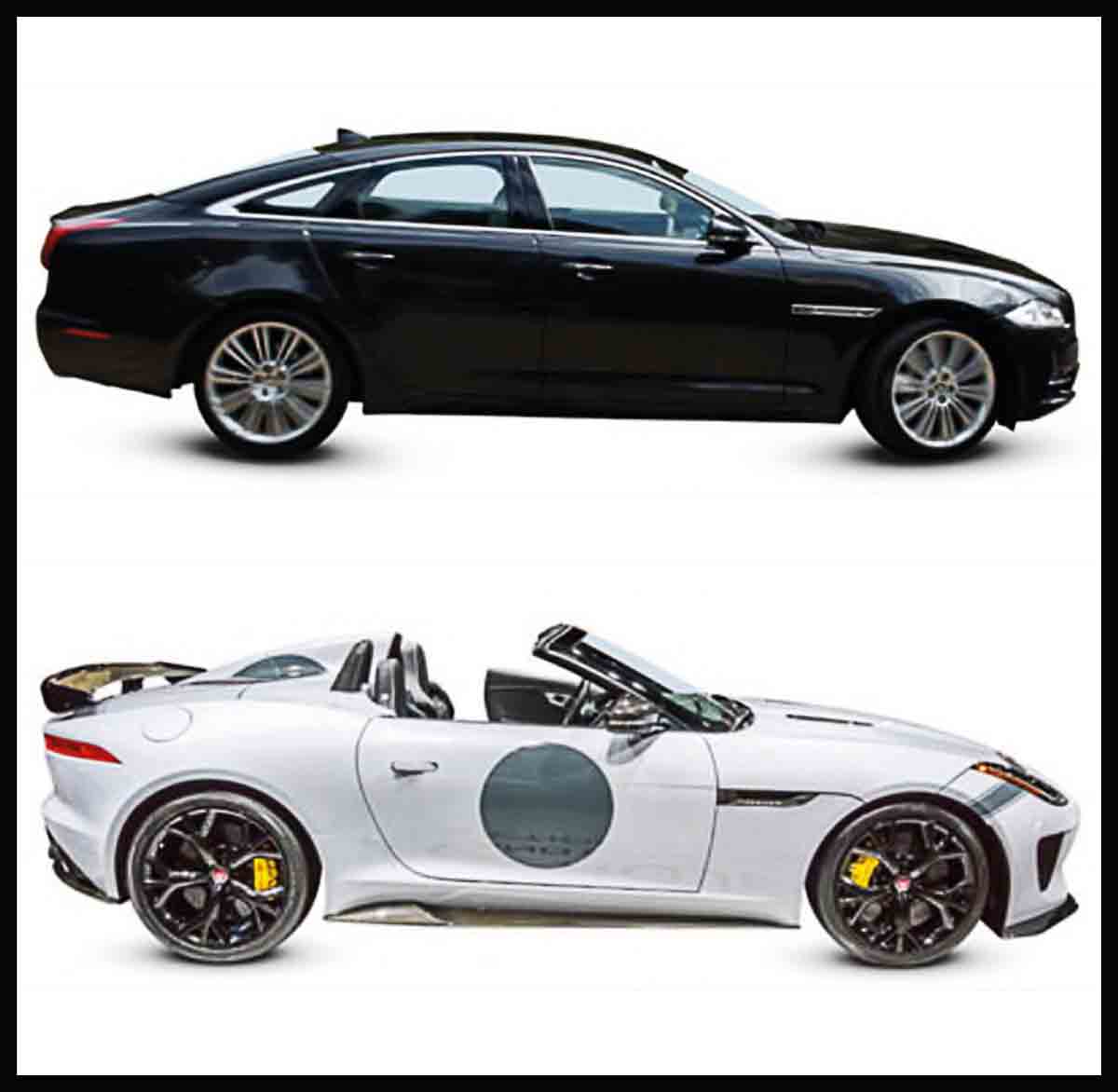
Classics Of The Future
Jaguar XJ, 2009
XJ Some 50 per cent of the XJ’s structure was made from recycled aluminum; it was about 330 lb (150 kg) lighter than conventional, steel-rich rivals, which made the car more agile as well as thriftier on fuel. This big Jaguar, codenamed X351 in development, had an all-glass roof as standard across all models. The hand-finished interior boasted chrome and piano-black detailing. British prime minister David Cameron used an armor-plated Sentinel version as his official transport.
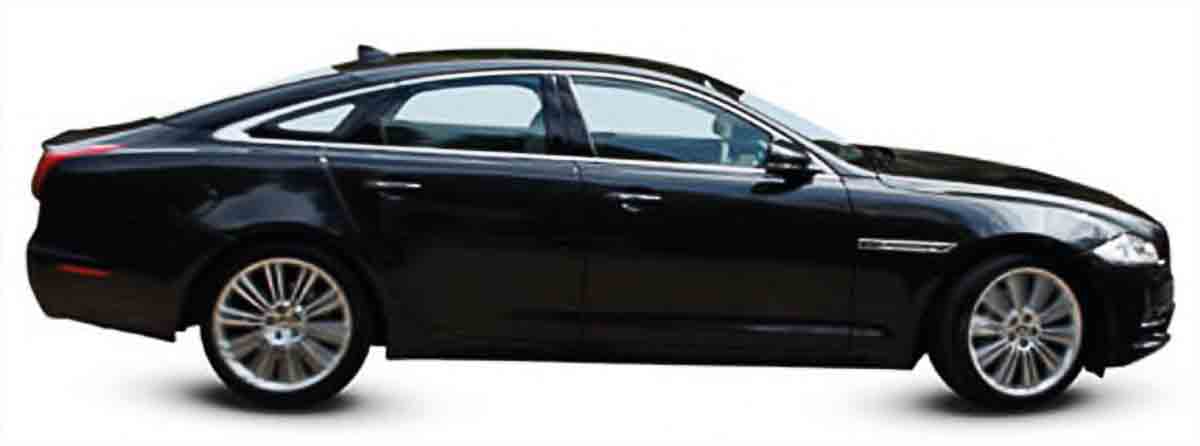
| Origin | UK |
| Engine | 5,000 cc, V8 |
| Top speed | 155 mph (250 mp/h) |
After years of the familiar XJ lines, this car was a radical departure—lower, wider, and built around an all-aluminum structure.
Jaguar F-type Project 7, 2013
F-type Project 7 The F-type had a completely aluminum structure, like all modern Jaguars, and in Project 7 guise every body panel was aluminum too. The supercharged V8 engine put its power to the road through the rear wheels via an eight-speed automatic with steering-wheel paddle and manual override. The so-called Aero Haunch behind the driver summoned up images of the aerodynamic stability fin on the D-type racer of the 1950s.
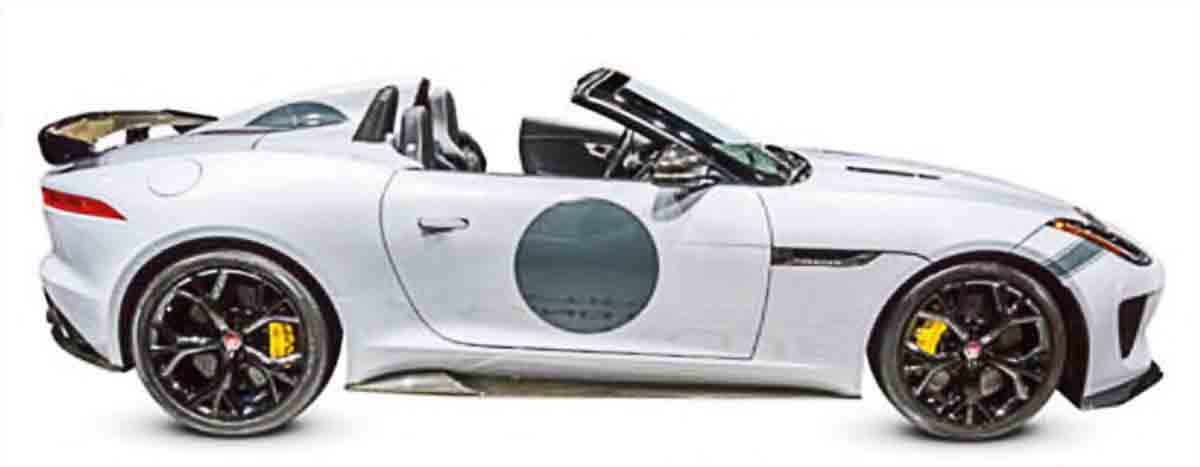
| Origin | UK |
| Engine | 5,000 cc, V8 |
| Top speed | 186 mph (300 km/h) |
It took many decades for Jaguar to release a spiritual successor to the iconic E-type. Project 7, with 575 bhp, was Jaguar’s most powerful car ever.
It is a quote. The Classic Car Book – The Definitive Visual History 2016


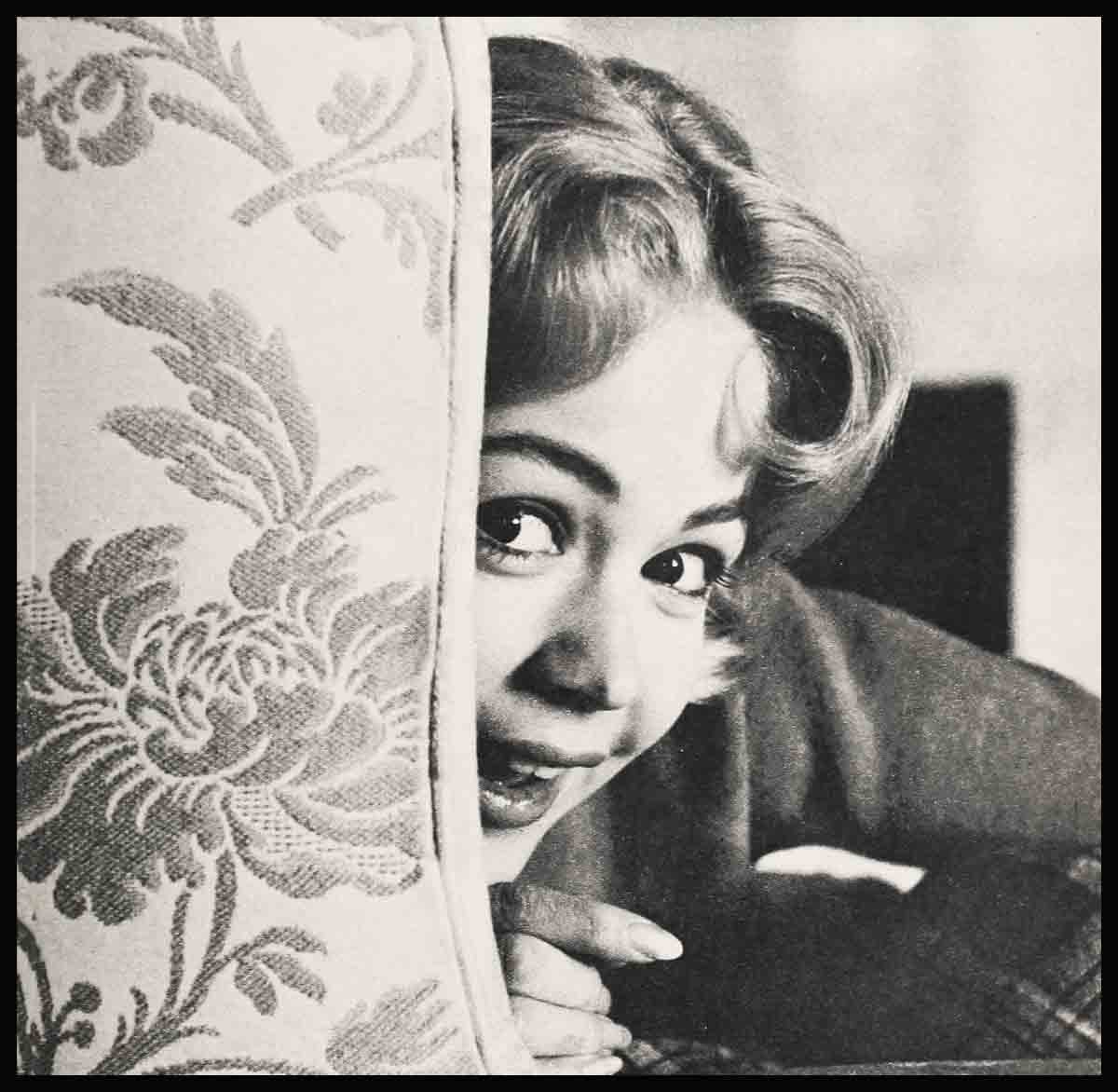
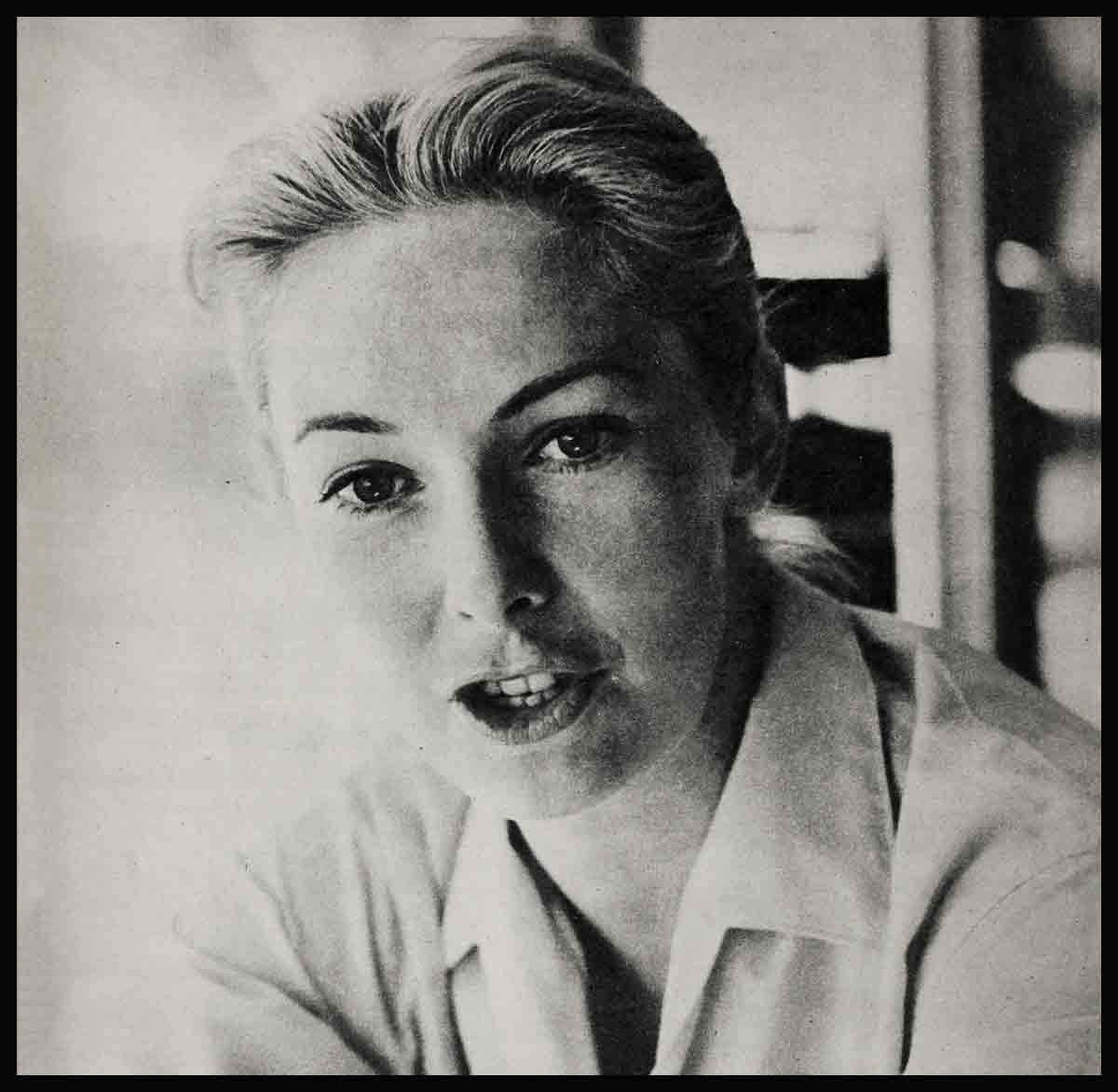
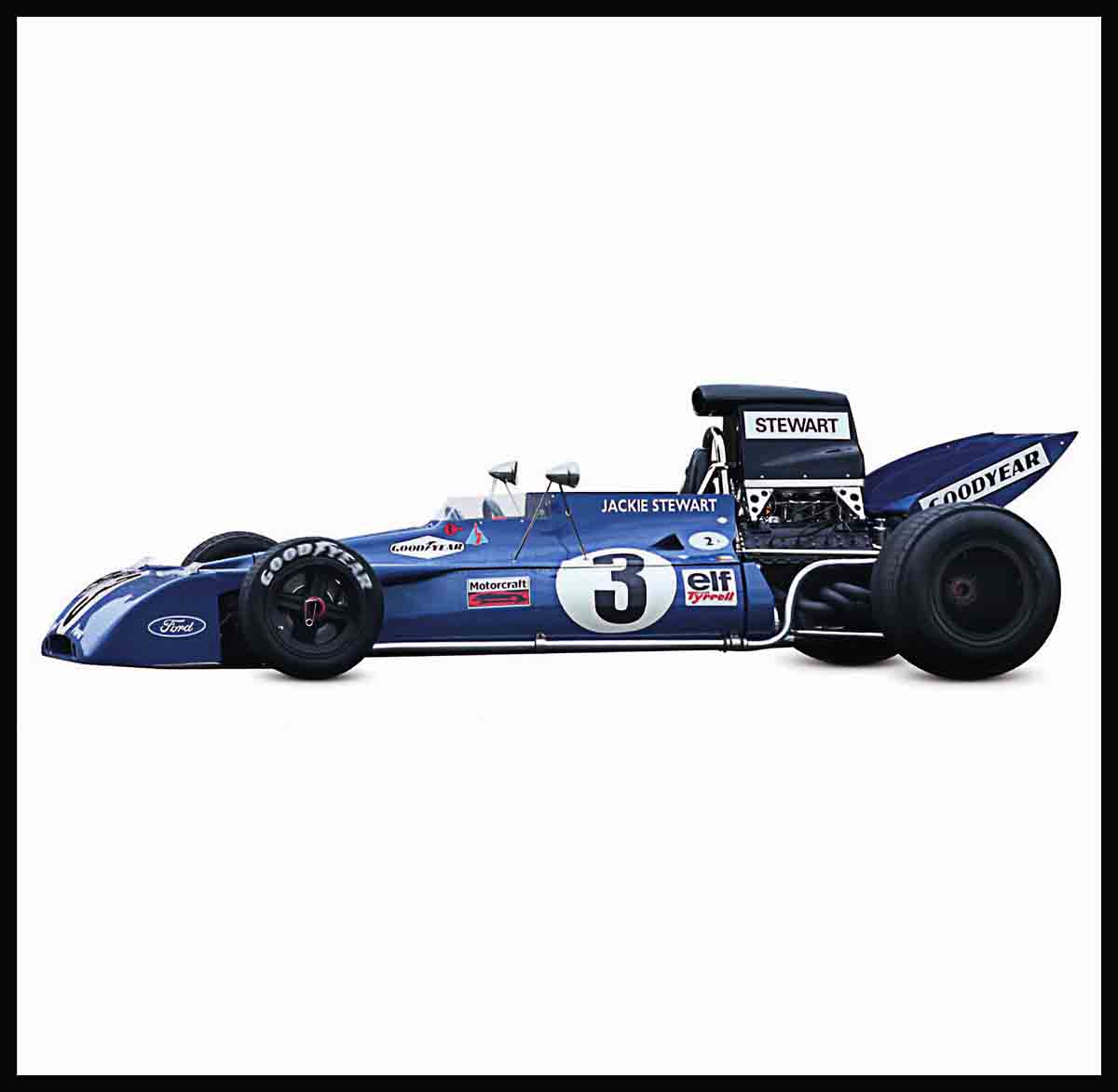
No Comments